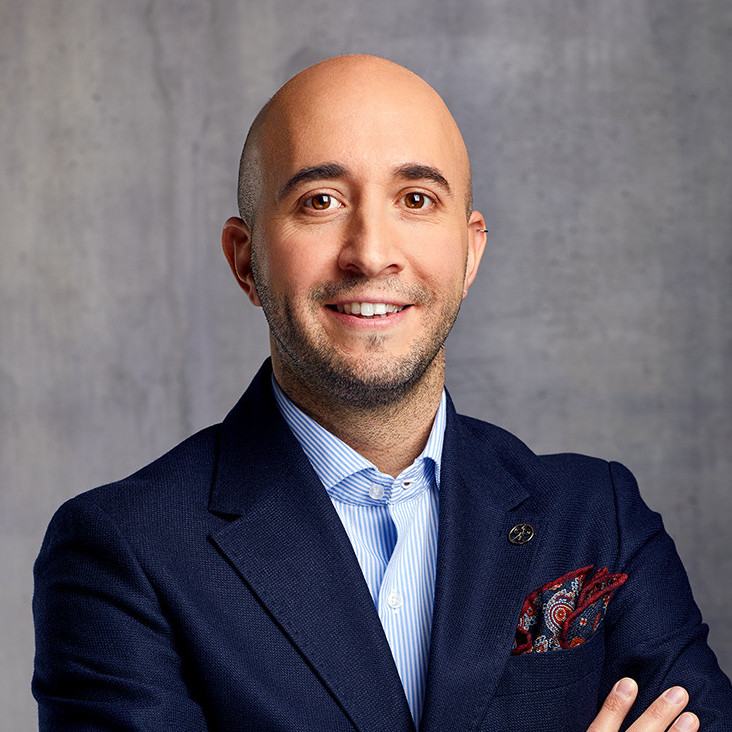Dozens of Horizon 2020 calls, which were launched on 11 December 2013, are now closed. Quite a few of these calls had submission deadlines in March and April 2014; hence, we have nowadays started receiving feedback from the Commission on the outcomes of our submitted proposals. Similarly, various statistical information on the calls and proposals are now available; therefore, with some extra efforts, it is possible to derive some conclusions on the first calls. We have made this effort and found out the following:

- While “Health, demographic change and wellbeing” challenge is allocated the highest budget among the H2020 Societal Challenges, it is still possibly the most competitive area. In the one-stage Personalising Health and Care (PHC) call, the chances for funding can go as low as 7%, though for some topics the chances are higher, at the range of 20-30%.
- What is more striking is the chances in the two-stage PHC call: If you have been successful and passed onto stage 2, your chances to get your concept funded may still be as low as 6%! (i.e. that is for concepts that have been considered scientifically excellent with a very good potential impact!) Again, the statistics vary from topic to topic; we can observe that some topics in the work programmes have been significantly oversubscribed by the participants. For example, some topics have received 350-400 proposals, out of which around 150 have passed onto the second stage.
- “Information Communication Technologies (ICT)” challenge is also an area that continues (from FP7) to attract a lot of interest. Here also the chances can go as low as 3-6%, while for some of the ICT topics, which have seen 150-160 proposals, the chances are actually not that bad – around 15-16%.
- Under the “Climate action, environment, resource efficiency and raw materials” societal challenge, the one-stage call “Growing a Low Carbon, Resource Efficient Economy with a Sustainable Supply of Raw Materials” (SC5) received 77 proposals requesting EUR 196 million EU funding. EUR 77 million is available to finance projects under this call. That is already a better start when compared with the previous (above) figures. Again, statistics vary topic by topic, yet here we see somewhat higher numbers: we have calculated chances for the different SC5 topics to range between 17% and 50%.
- Different calls were published under the societal challenge “Europe in a changing world - inclusive, innovative and reflective Societies”. Among these, higher chances (15%-25%) can be expected under the INCO call (Europe as a global actor), whereas under the “YOUNG” call, the chances are likely to be as low as 6-7%.
It is also worthwhile to highlight a few practical administrative issues related to the calls and proposals based on our recent experiences and observations:
- If you are preparing a proposal, make sure to visit the official call page from time to time in order to check FAQs and call updates. Various clarifications as well as statistical information on the calls are also published here.
- Application forms and their specific sections may vary from call to call, evaluation criteria and thresholds may show variances, so may page limits. Therefore, make sure to check out these specific requirements in the respective work programmes and their annexes.
- In the work programmes, scroll down towards the end of the work programme to check whether there are exceptions on the eligibility and admissibility conditions for the topic you are targeting. Here, you may also be able to find additional information on the available budget for the individual topics as well as on the number of proposals expected to be funded under the different topics.

Looking at the above statistics, while we can say that there is generally a high competition in Horizon 2020, a lot depends on the individual calls and the specific work programme topics. Therefore, potential applicants should not be necessarily discouraged. There are at the moment several calls for proposals open with deadlines at the end of summer, in autumn and in the first quarter of 2015. While waiting for the rest of the outcomes of our submitted proposals, we are definitely looking into these open calls to identify opportunities for new project concepts, and will be building consortia and putting together proposals in the upcoming weeks and months.
Ömer
Disclaimer: The statistical information and related conclusions in this post have been compiled and derived based on the indicative budget figures and other indications and estimations provided in the H2020 work programmes; hence, they are also indicative. The actual success rates under each H2020 call and individual topics may differ depending on the final budget allocations and any reallocations by the European Commission.




